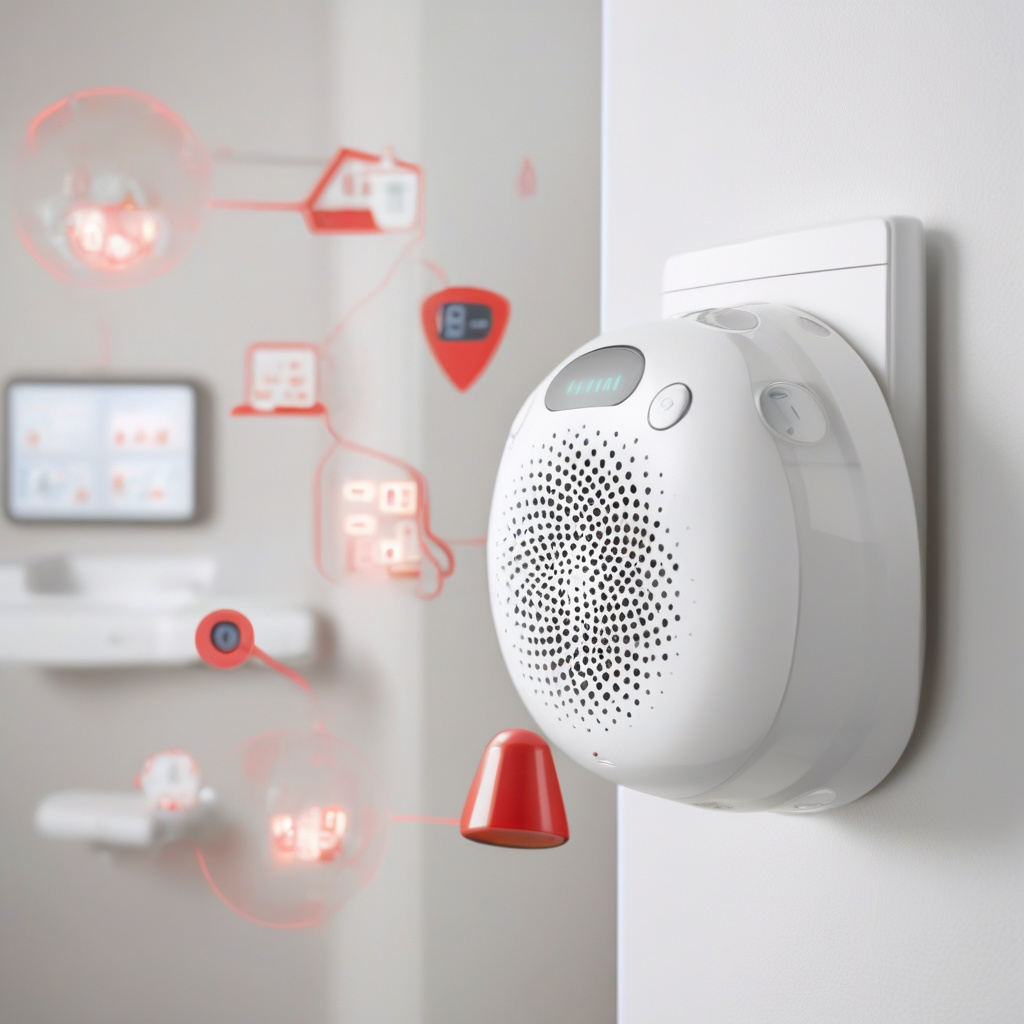Weak Cyber Hygiene in Smart Devices Poses a Risk to National Infrastructure
In today’s interconnected world, the threat of cyberattacks on critical infrastructure is more prevalent than ever. With the rise of smart devices in operational technology (OT) and the Internet of Things (IoT) systems, the potential vulnerabilities within these systems have become a growing concern, particularly in the United Kingdom. Attacks on OT and IoT systems not only jeopardize the security and privacy of individuals but also pose a significant risk to the country’s national infrastructure.
The increasing integration of smart devices into essential services such as energy, transportation, and healthcare has undoubtedly brought about numerous benefits in terms of efficiency and convenience. However, this digital transformation has also opened up new avenues for malicious actors to exploit security weaknesses and launch cyberattacks that can have far-reaching consequences. From power outages to transportation disruptions, the potential impact of a successful attack on critical infrastructure is extensive and could have severe implications for public safety and national security.
One of the primary factors contributing to the vulnerability of OT and IoT systems is the lack of proper cyber hygiene practices. Many smart devices are deployed with default configurations and settings that are often insecure, making them easy targets for cybercriminals. Additionally, the failure to regularly update and patch these devices leaves them exposed to known vulnerabilities that can be exploited by attackers. Without adequate security measures in place, such as robust authentication mechanisms and encryption protocols, OT and IoT systems remain susceptible to unauthorized access and control.
To mitigate the risks associated with weak cyber hygiene in smart devices, a proactive approach to cybersecurity is essential. Organizations responsible for critical infrastructure must prioritize security measures such as regular security assessments, vulnerability scanning, and penetration testing to identify and address potential weaknesses in their OT and IoT systems. Furthermore, implementing a comprehensive cybersecurity awareness training program for employees can help raise awareness about the importance of following best practices and adhering to security protocols.
In addition to internal cybersecurity measures, collaboration between government agencies, industry stakeholders, and cybersecurity experts is crucial in safeguarding national infrastructure from cyber threats. By sharing threat intelligence, best practices, and resources, these partnerships can enhance the collective defense against cyberattacks and strengthen the resilience of critical systems. Furthermore, regulatory frameworks and standards play a vital role in ensuring that organizations adhere to cybersecurity requirements and are held accountable for safeguarding essential services.
As the threat landscape continues to evolve, staying ahead of cyber adversaries requires a proactive and adaptive approach to cybersecurity. By addressing the root causes of vulnerabilities in OT and IoT systems through improved cyber hygiene practices, organizations can significantly reduce the risk of cyberattacks and protect national infrastructure from potential harm. Ultimately, investing in cybersecurity measures is not only a matter of compliance but a critical imperative to safeguarding the foundation of a secure and resilient digital society.
In conclusion, the risks posed by weak cyber hygiene in smart devices to national infrastructure cannot be overstated. As attacks on OT and IoT systems continue to pose a growing threat, it is imperative that organizations take decisive action to strengthen the security of their critical systems. By implementing robust cybersecurity measures, fostering collaboration, and promoting a culture of cyber awareness, we can collectively defend against cyber threats and ensure the stability and security of our essential services.
cybersecurity, criticalinfrastructure, IoT, OT, cyberhygiene
